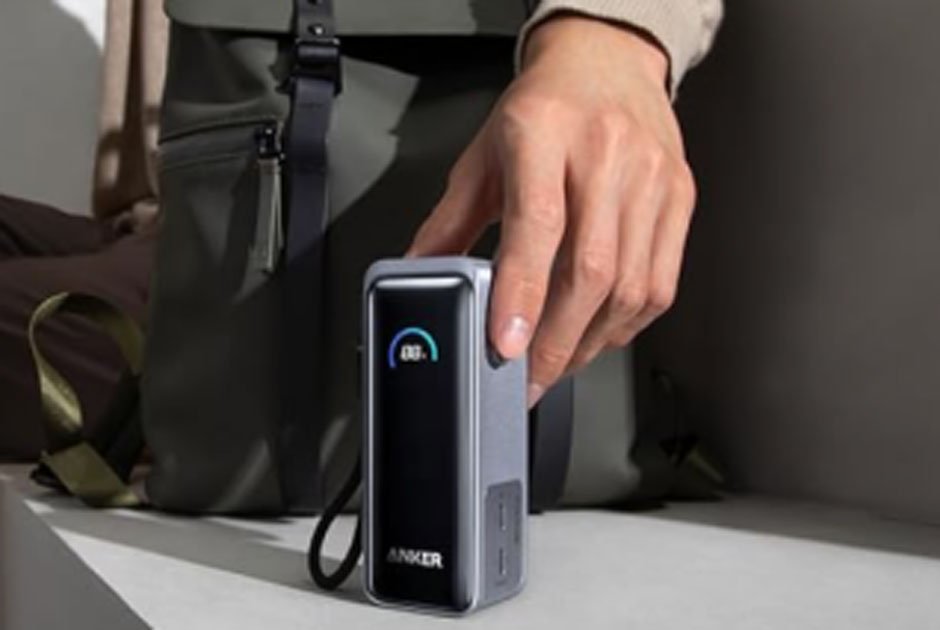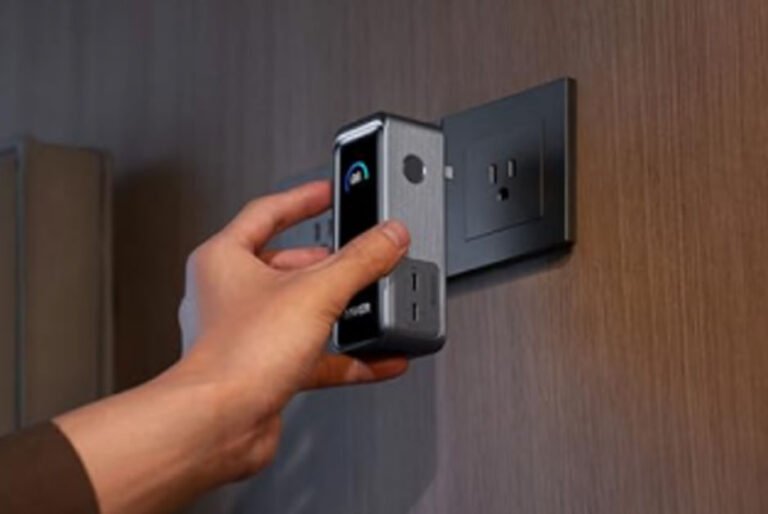Portable chargers, or power banks, have become essential tools in our daily lives—powering smartphones, tablets, earbuds, and even laptops when outlets aren’t available. Whether you’re commuting, traveling, or navigating a power outage, a dependable power bank can make all the difference. But to ensure your portable charger performs reliably and lasts for years, proper maintenance is key. In this article, let’s explore some practical tips and tricks for power bank maintenance to ensure it always works in optimal condition and lasts longer.
How to Keep Your Power Bank in Top Shape
With just a few simple habits, you can extend your power bank’s life, optimize its charging efficiency, and avoid common issues.
Charge and Discharge Regularly
Like any battery-powered device, power banks need regular use to stay healthy. Even if you don’t use your charger daily, aim to discharge and recharge it at least once every three months. Leaving a power bank idle for long periods, especially at a low charge, can reduce its lifespan and performance. For optimal battery health, try keeping the charge level between 20% and 80% during normal use.

Avoid Extreme Temperatures
Portable chargers are sensitive to both high and low temperatures. Exposure to heat can damage the battery cells, while freezing temperatures can reduce capacity temporarily and sometimes permanently. Always store your power bank in a cool, dry place, away from direct sunlight, heaters, or freezing environments. During hot weather, avoid leaving it in a car, and in winter, carry it in an inside pocket to protect it from the cold.
Use the Right Cables and Chargers
Using low-quality or incompatible charging cables and wall plugs can damage both your power bank and the devices you’re charging. To ensure safe and efficient charging, always use certified cables and follow the manufacturer’s recommended input/output specs. For example, fast-charging power banks like Anker Prime models often support high-wattage input, so pairing them with a low-output adapter can slow charging and stress the components.
Keep It Clean and Dry
Dust, moisture, and grime can build up in the charging ports, especially if you carry your charger around in a bag or pocket. Use a soft, dry cloth to gently wipe down the surface. For the ports, you can use a can of compressed air or a soft brush. Avoid using any liquids or abrasive materials that could damage the casing or internal components.
Monitor Battery Health Over Time
Many modern power banks come with smart displays or companion apps that show real-time battery status, power input/output, and temperature. Use these features to check on your device’s performance. If you notice irregular charging behavior, like rapid drops in charge, overheating, or reduced output, it may be a sign the battery is wearing out. Address the issue early by reducing strain or replacing the unit if needed.
Store It Properly When Not in Use
If you don’t plan to use your power bank for an extended period, store it with around 50% charge in a cool, dry environment. Avoid leaving it fully charged or fully discharged for long durations, as both extremes can lead to chemical changes in the battery that shorten its lifespan. Also, make sure it’s stored in a place where it won’t be crushed or punctured.
Conclusion
Overall, taking good care of your portable charger doesn’t require much effort, but it pays off in longevity and performance. With these easy maintenance tips and tricks, your power bank will continue to deliver reliable energy whether you’re working remotely, traveling the world, or simply navigating daily life. Treat it well, and it will keep your devices powered when you need them most.
